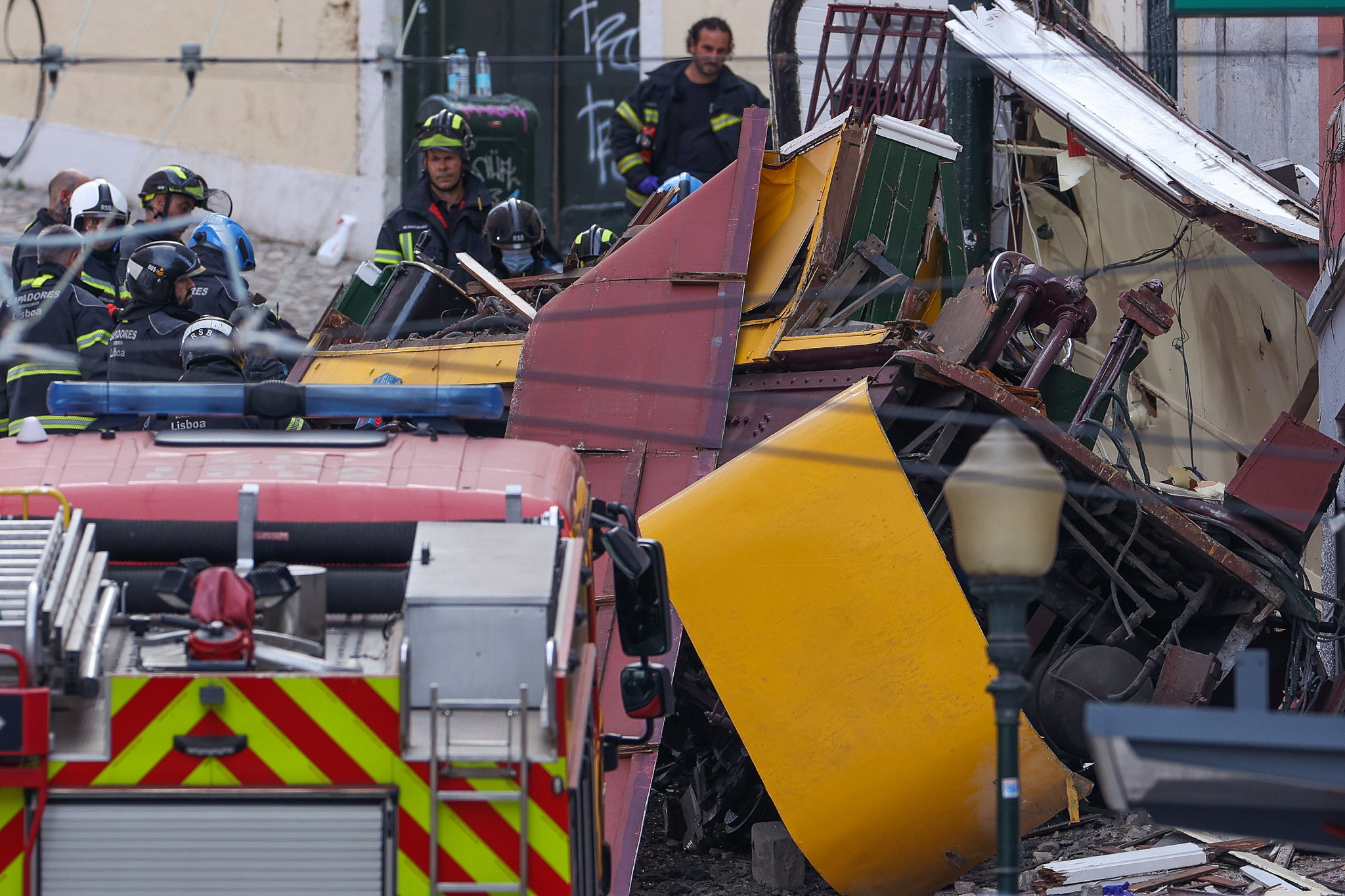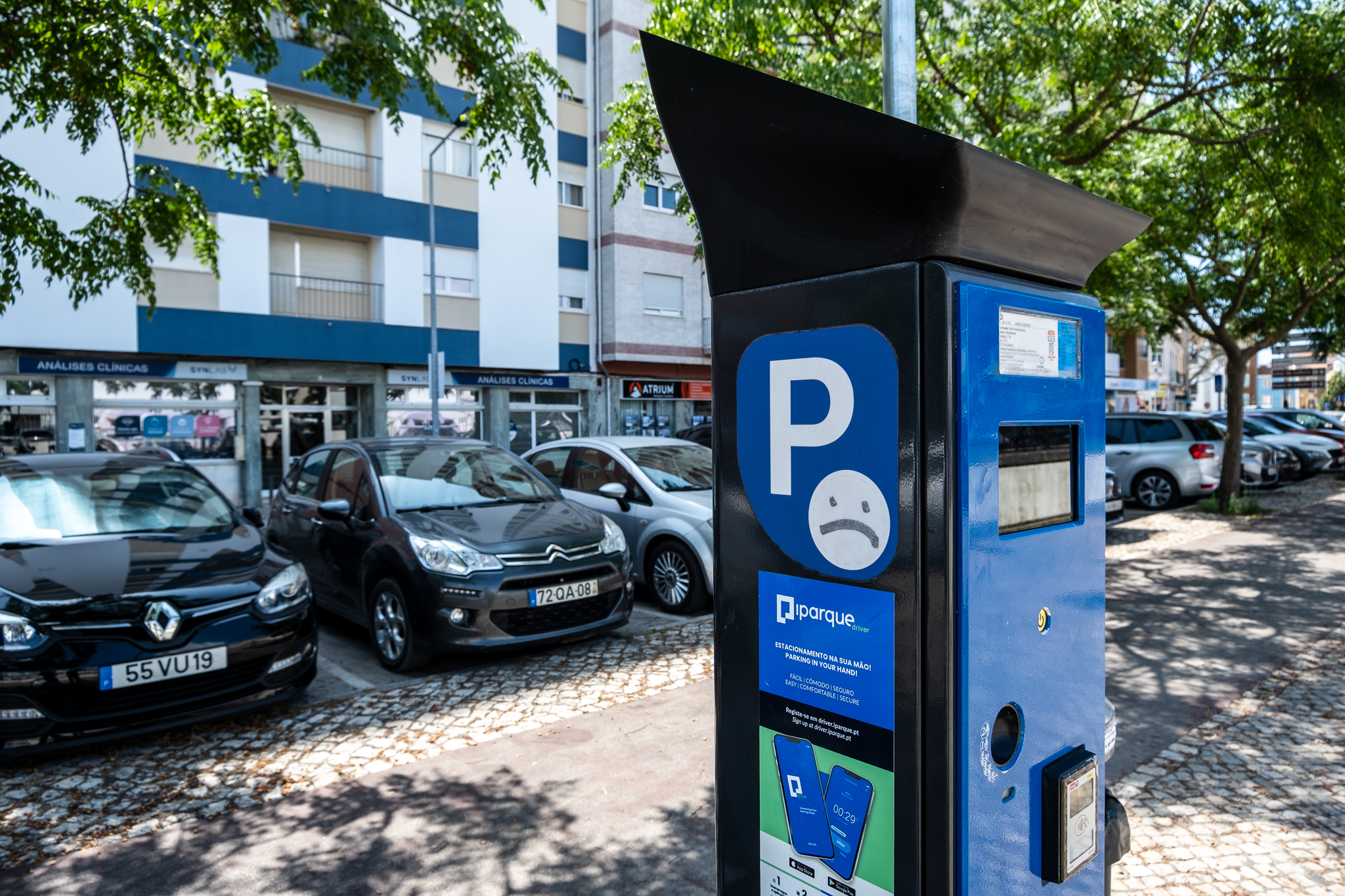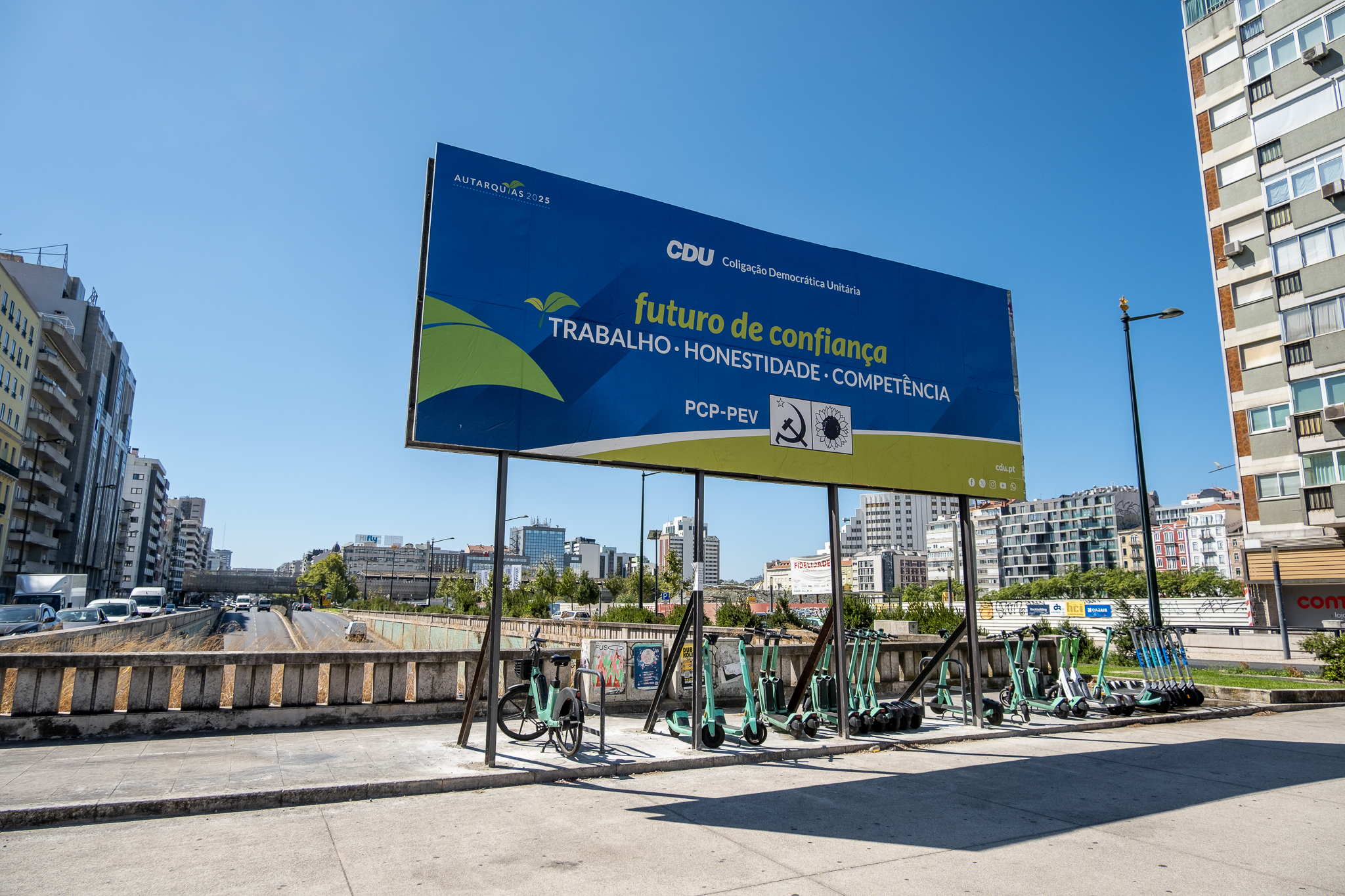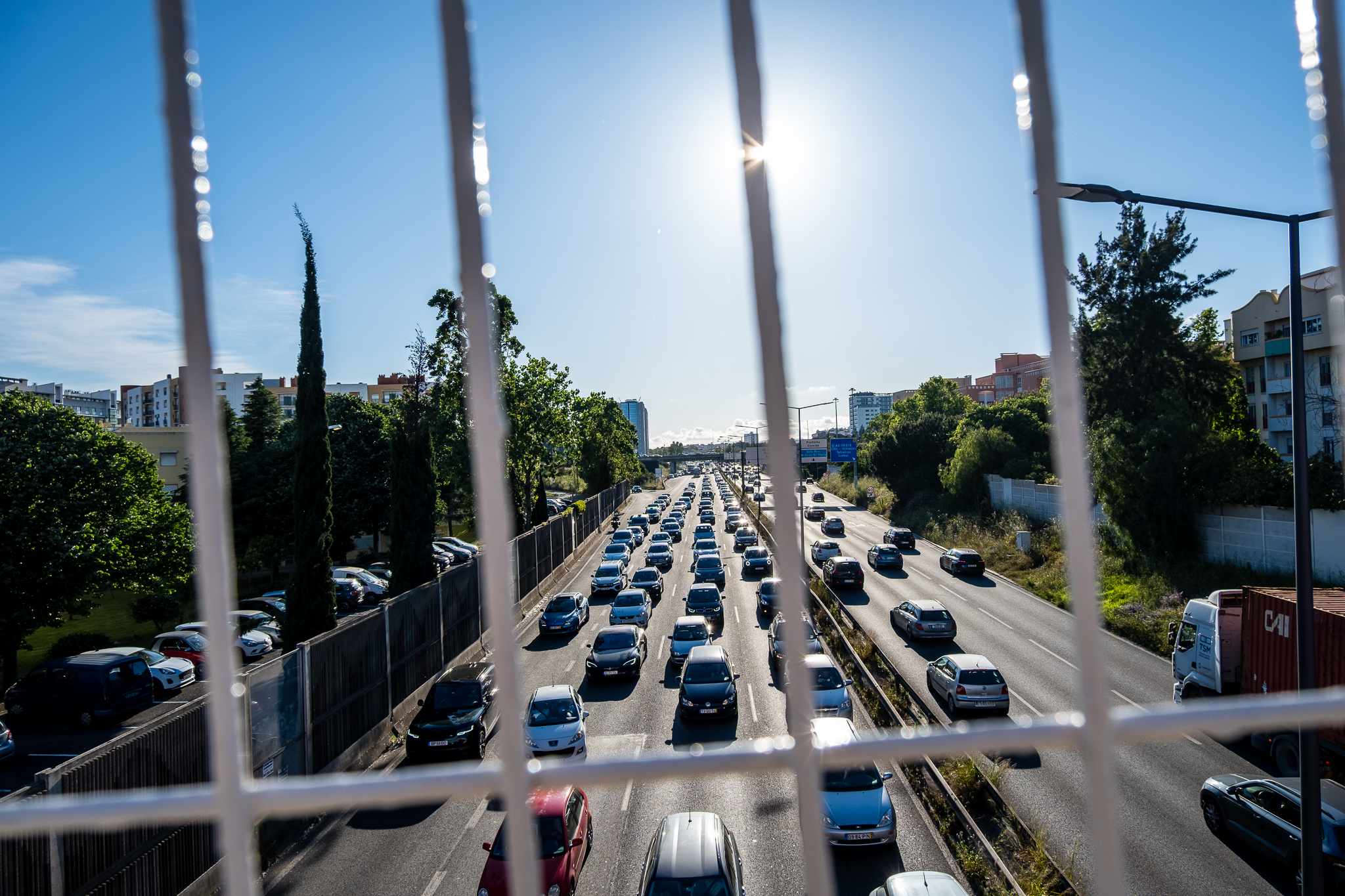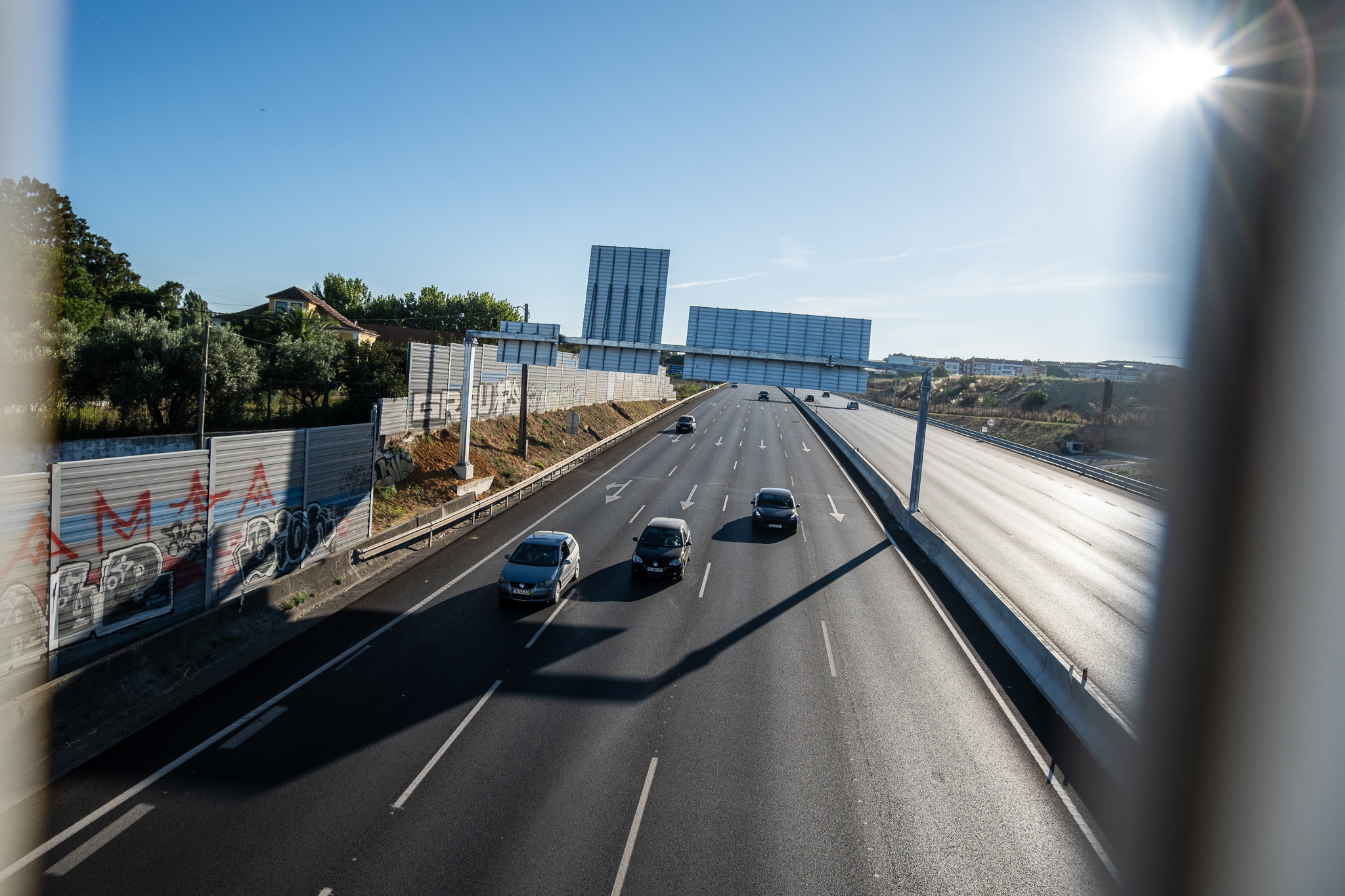Opinion
The Lisbon Metro has still not recovered the volume of passengers carried before the pandemic. It's important to try to understand why, without the soccer complex of wanting to replace the coach, in this case the Board.
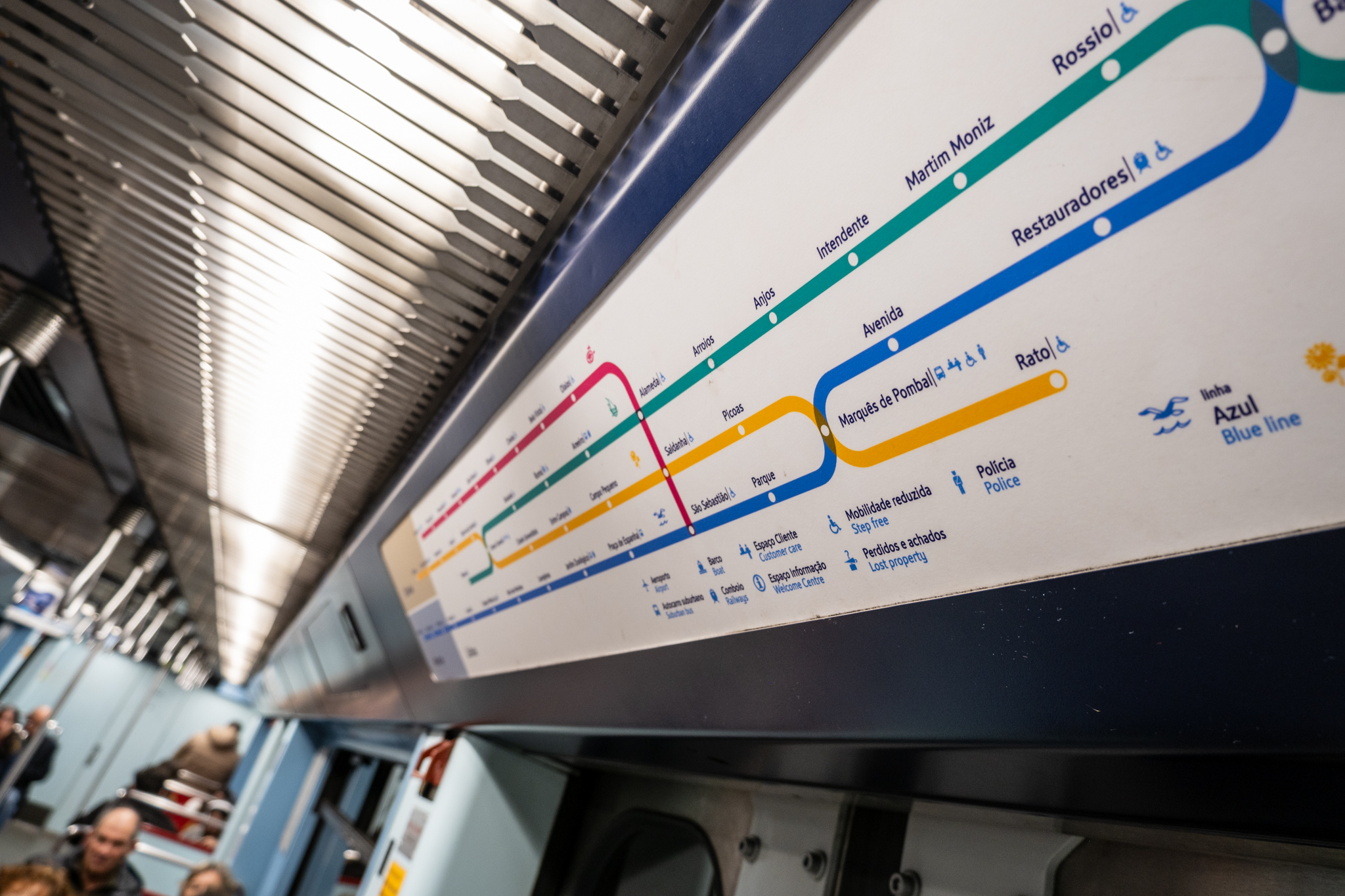
The news is clearAccording to INE figures, the Lisbon Metro, unlike the Porto and Sul do Tejo metros, has not yet reached the volume of passengers transported in 2019. In 2023, it carried 166 million passengers; before the pandemic, it had carried 183 million.
It's important to try to understand why, without the soccer complex of wanting to replace the coach, in this case the Board. As it acknowledges, it merely carries out the orders of the Ministry. In fact, when they were appointed, its members had no experience of operating or maintaining metros.
So back to the soccer analogy: There is no need to remove it, but only to review the decision-making levels of the technical teams or the validation of technical information with the Administration, distinguishing between those who have the appropriate technical skills and those who do not advise the Administration properly. - Or, at least, they don't equip them with the right arguments, when the government forgets the urgent need to purchase rolling stock, hire train drivers and maintenance technicians (the Metro's history goes back to the stoppage of 30 trains in 2016, because the capitation fever prevented the purchase of less than a million euros' worth of wheelsets), or the belief in subjective reasons to justify a Circular Line.
It was even the case that, in 2023, the Lisbon Metro's utilization rate (ratio between passengers-km transported and seats-km made available) was the best of the three metros: an average of 24%, reaching 26% in May 2023. In other words: although demand may have been reduced compared to 2019, it is still strong enough to disagree with measures to "adjust" supply to demand, such as the use of the Campo Grande intermediate terminus, with a significant number of passengers getting off compulsorily because someone sold the Administration the idea that outside peak hours there is no demand for Odivelas.
Don't go on about how teleworking keeps people at home and reduces the number of people coming into the city. Anyone who hasn't considered the road congestion on the 2nd Circular, the CRIL and CREL, the IC19, the city crossings and the connection to the outskirts, the dictatorship of individual transport due to the deficiency of public transport (bad advice on network planning?) will say this.
In other words, it seems applicable to Say's Law: if we increase supply, we stimulate demand. However, the problem exists if we don't manage to increase supply and if we don't recognize it.
So let's look at the possible reasons why the Lisbon metro hasn't yet reached its 2019 values:
1 - rolling stock and drivers

Firstly, the limitations in terms of available rolling stock and drivers, which means fewer trains on the line, longer intervals between trains and a greater influx of passengers, discouraging demand. In 2020, a contract was signed for the supply of seven six-car trains to be supplied in full by the end of 2025. In November 2023, a tender was launched for 12 more six-car trains (with an option for six more trains). In other words, we will have 55 + 19 = 74 six-car trains by 2028. Last year, another train driver course was completed.
But let's see how many six-car trains would be needed on the existing network and on the network after the inauguration of the Circular Line to guarantee a 3-minute interval between trains on all lines, with around 10% of these trains for reserve and maintenance.
| Current network | Network after the Circular Line |
|---|---|
| Odivelas-Rato | 19 trains | Odivelas-Rato | 25 trains |
| Telheiras-Cais Sodré | 16 trains | Telheiras-Cais Sodré | 11 trains |
| Red Line | 18 trains | Red Line | 18 trains |
| Blue Line | 23 trains | Blue Line | 23 trains |
| Total | 76 trains | Total | 77 trains |
Problem: Counting the 55 existing trains and the 19 contracted and announced (without the option of 6 more), we will only have 74 six-car trains.
2 - air circulation
As the 2020 pandemic unfolded, the technical press specialized in railroads was quick to publish suggestions for improving the interior of trains to counteract the spread of the disease. The Lisbon Metro adopted effective measures to disinfect and clean the carriages. However, it didn't go far enough: the ventilation inside the carriages was not improved (this ventilation exists and has various levels of intensity, but it is difficult for the driver to adapt it to the occupancy of the carriages).
It would have been desirable, for example, to improve ventilation with holes in the underbody, forcing air to circulate as far away from the passengers' faces as possible. On the other hand, when the train is full and the doors are opened, those who get on feel the hot breath and have to breathe it in (so wearing a mask is recommended). The stale air should have been expelled on the route between stations where the fans in the fixed main ventilation posts draw the air outside, while in the station ventilation posts fresh air is injected into the berths from outside. It is not known whether the new rolling stock will be equipped in this way. Also to be considered: the installation of germicidal lamps.
It's understandable that for many people, this is the reason why air circulation shrinks when using the Metro. Obviously, with more trains on the lines and less crowded trains, there would be greater attraction. This issue should be explored further.

3 - new moves
Finally, I point out the urban restructuring underway in LisbonThese include the rise in rents, the lack of affordable housing, gentrification, the growth of local accommodation for tourists, the abandonment of the Baixa by banks, companies and government entities, the relocation of economic activities in the secondary and tertiary sectors to the outskirts... This disruption contributes to people moving to neighboring municipalities, with their population growing and Lisbon's population decreasing, as confirmed by the 2021 Census.
Despite the fare incentives introduced, the predominance of individual transport completes the effect of urban deconstruction. This dominance is aided by the lack of tolls at the city's edge and of a network of complementary modes, from LRT to segregated lanes and segregated lanes for on-demand transport. Only proper planning of the entire Lisbon metropolitan area - through a Metropolitan Mobility Planin a participatory way and with practical consequences - could correct this nonconformity in the medium term.
Unfortunately, up until now, the urban and suburban transport authorities have not fully adhered to these objectives, preferring interventions in phases, possibly incompatible, without an integrated, long-term vision (examples: the Circular Line instead of the extension of the Yellow Line to the Alcântara-Mar train station, the connection of the Cascais Line to the belt line instead of the extension of the Metro Red Line to the Algés/Carnaxide/Jamor area, the U-shaped Violet Line instead of the extension of the Odivelas Metro to the Beatriz Ângelo Hospital).
But as stated above, if subjective "justifications" prevail and experienced technicians are not involved and listened to, the forecast will not be optimistic.

